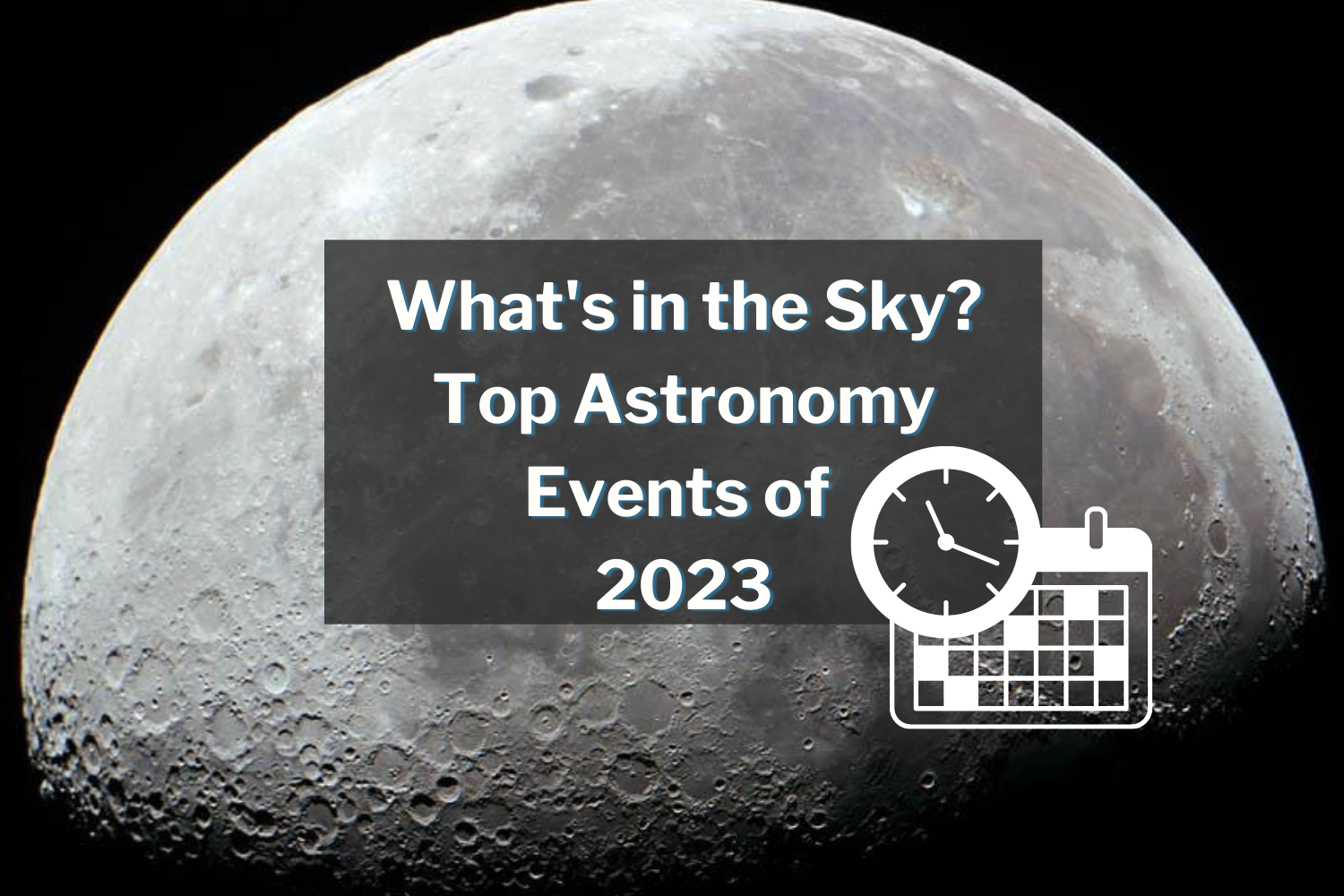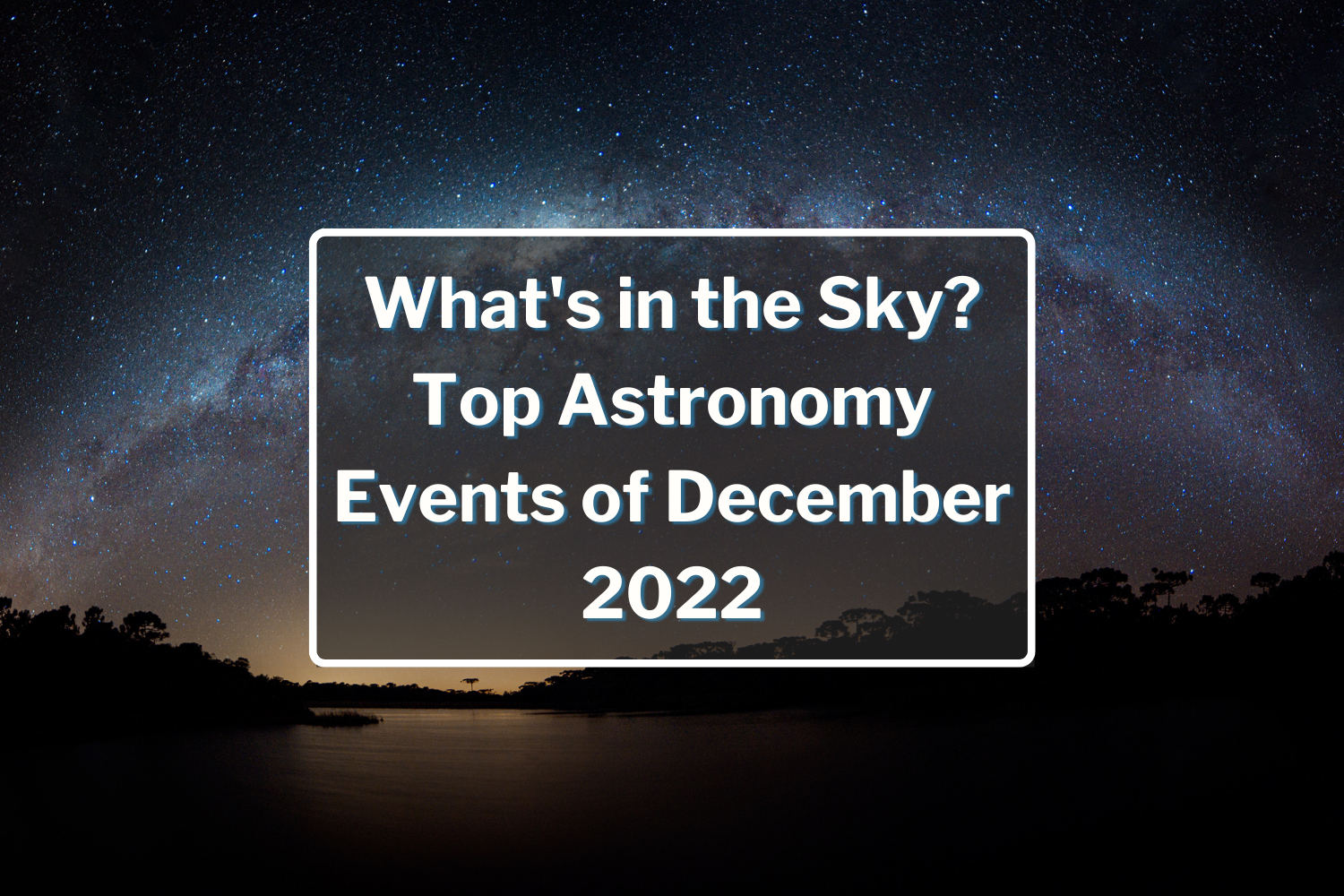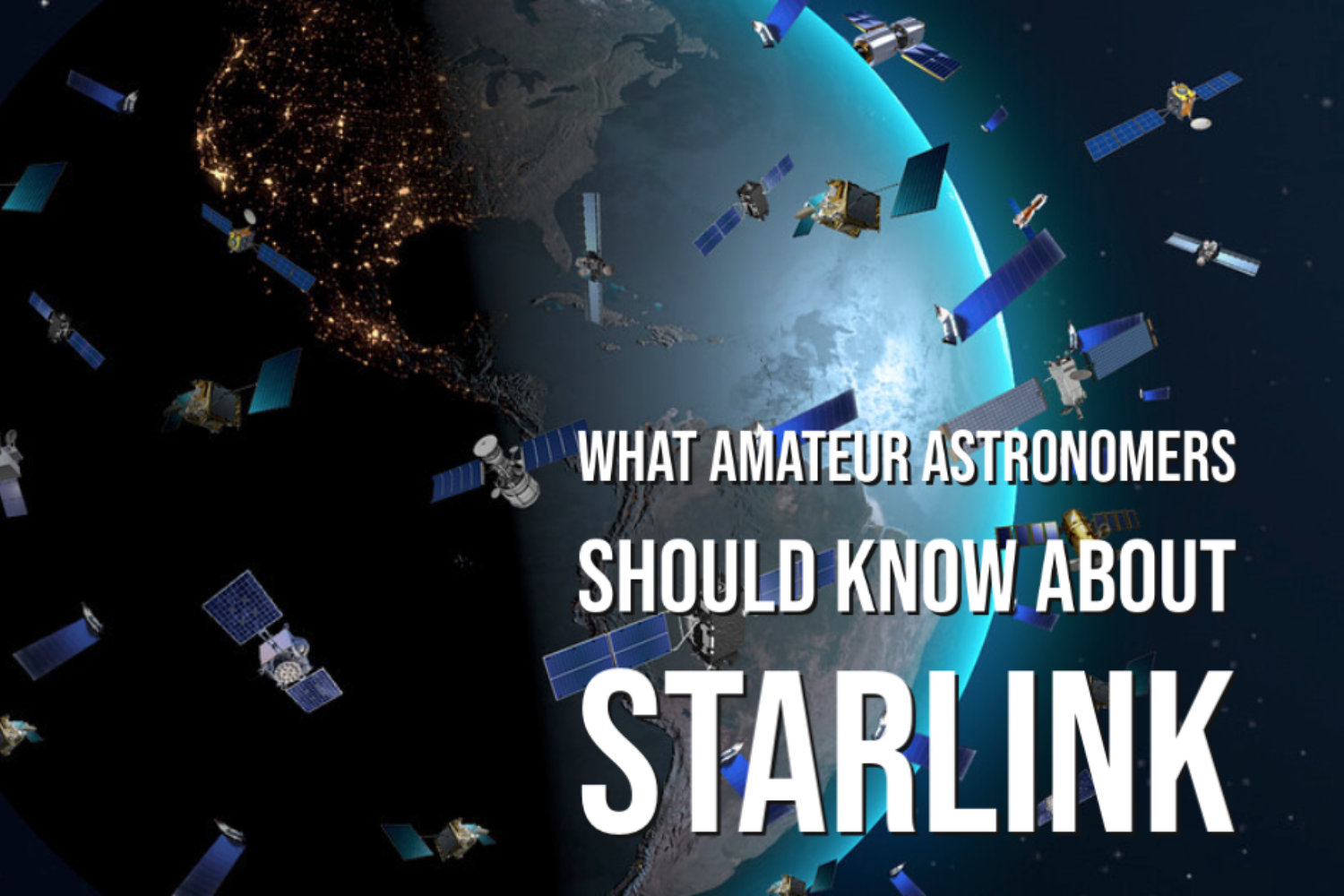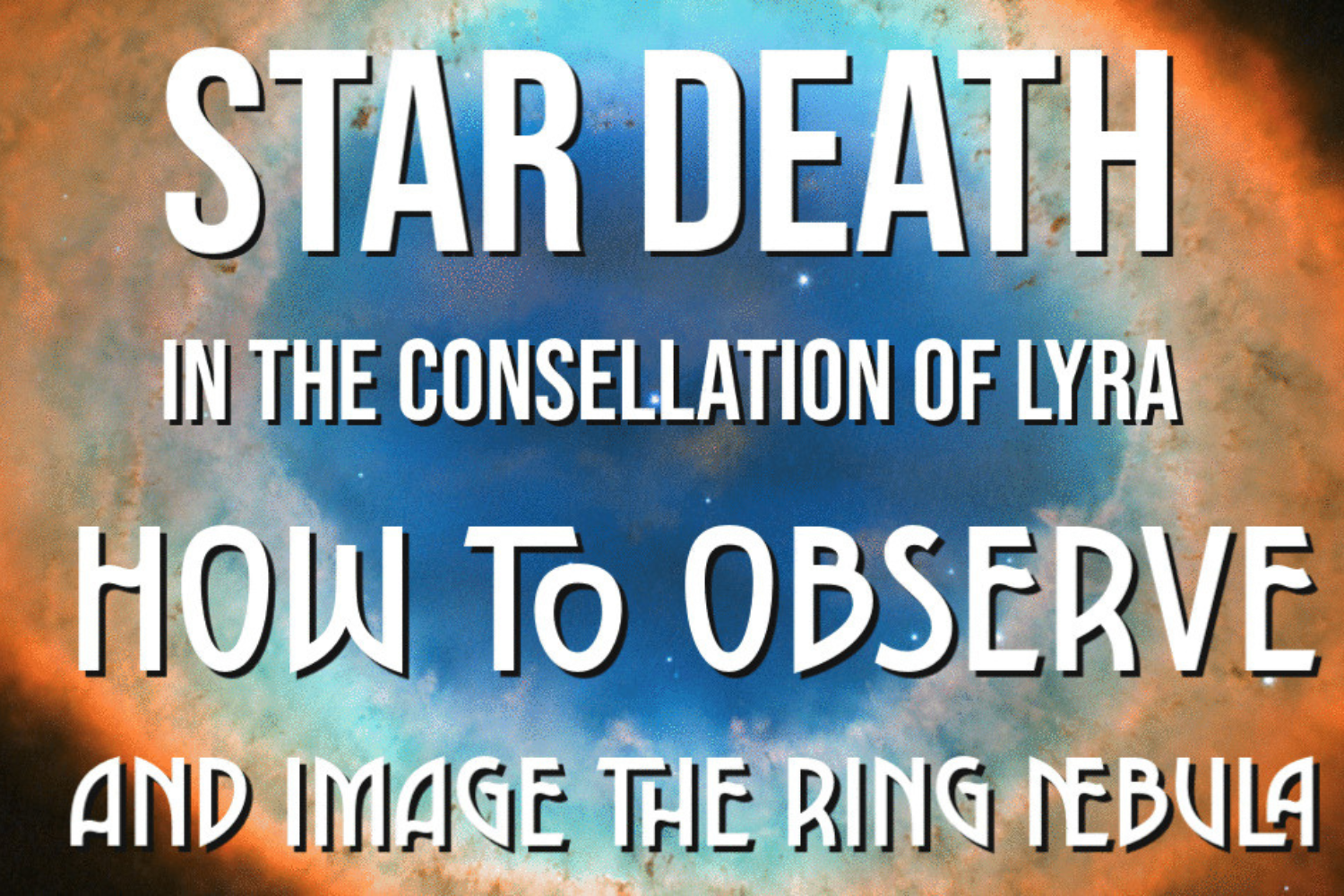Can You See the Closest Black Hole to Us with Your Telescope?
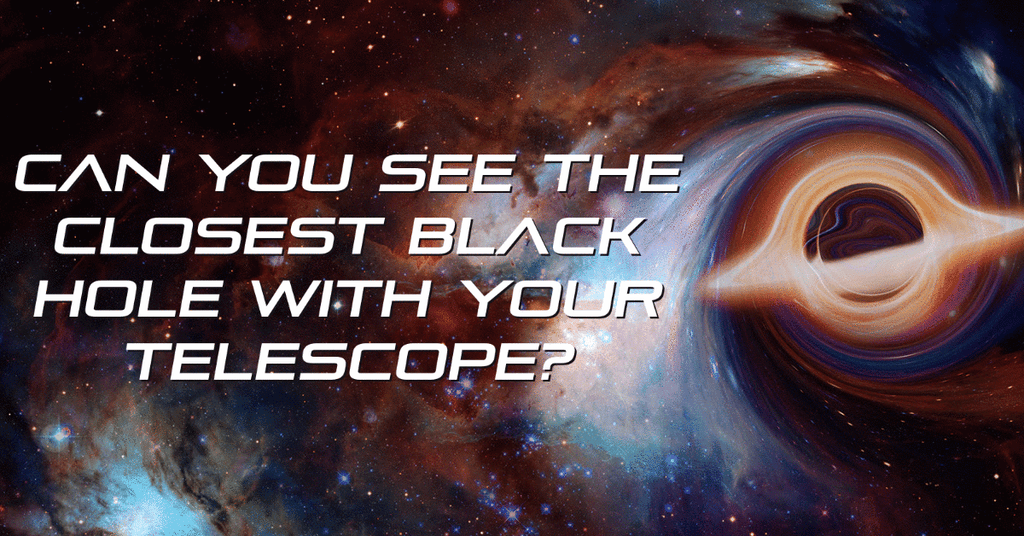
It’s not a hard stretch to imagine that black holes are difficult to see. After all, they emit no light of their own. Smaller black holes wander the galaxy in the space between the stars and larger ones dominate the centers of galaxies. Seeing a black hole directly isn’t possible because there literally isn’t anything to see, but they can be observed indirectly, and astronomers (after great effort)have recently managed to image two black holes.
How Black Holes are Observed
A black hole can only be seen by observing its effect on the immediate vicinity around it. When a black hole is positioned next to a star, we can see it sucking material away from the healthy star into its gravity well. If a black hole is traveling through a large gas cloud, we can see the radiation given off by infalling material.
As material falls into a black hole, the stream of material is accelerated so much that the atoms bump into each other and they heat up, emitting their own radiation, and lots of it! This radiation can be picked up by gamma ray and x-ray telescopes. When this happens with the largest black holes, or quasars, this radiation is among the brightest in the universe.
But most black holes in the cosmos have never been seen, and we have only rough estimates of how many there are in our galaxy. They lurk in the dark reaches of space between the stars, NOT feeding on nearby stars, NOT sucking in material from planets and NOT emitting any kind of radiation at all. They are hidden until they are found (usually by accident while looking at something else), when the rogue black hole passes between us and a background star and we happen to catch the bending of light of the background star created by a gravitational lens of the black hole (it appears as a quick brightening of the background star and is called gravitational microlensing.
But it’s a good question to ask, ‘Can I see the effect of a black hole on a nearby star with my telescope?’
The Closest Known Black Hole To Us
The closest known black hole to Earth is in V Puppis, an eclipsing binary star system, with a black hole companion, that is about 1,165 light years away. One interesting thing about this system is that it has an apparent magnitude of only 4.41, which means this is the only naked-eye black hole. The letter V in V Puppis doesn’t stand for ‘variable’ as you might expect, rather it’s the fifth variable star found in the constellation (the first is “R”, go figure).

The V Puppis black hole was discovered in 2008 by measurements of the orbital wobble around the two other stars. The amount of wobble suggests the black hole in V Puppis is 10.4 times the mass of the Sun, making this a so-called stellar-sized black hole. The other two stars along with the black hole make up a trinary system with no known exoplanets in orbit around it (that’s probably a good thing).
The V Puppis black hole orbits its host stars once every 5.47 years, while the two binary companions orbit each other once every 1.5 days or so. They are so close together, they almost touch each other.

What You Can See With Your Telescope?
In addition to looking at the star system with your naked eye, you can point your telescope there and see it even brighter. It will look like one star and every 1.5 days each star in the binary eclipses the other, but neither star can completely hide the other, so this is not an eclipsing binary. They are so close together that they are nearly in contact so ‘splitting the binary’ with your telescope won’t be possible. With visual observations and simple imaging of the system will reveal a relatively bright, blue star.

However, if you have a decent camera, mount and telescope (a typical imaging setup these days would be great), then things can get interesting. Measuring the brightness of this system will reveal periodic brightening and dimming. Even more interesting is that the timing of the eclipsing is not constant. This is the evidence of the black hole hovering around both stars. Every 5.47 years, the whole binary system is being pushed back and forth by the black hole causing the daily eclipsing to wobble around in time.
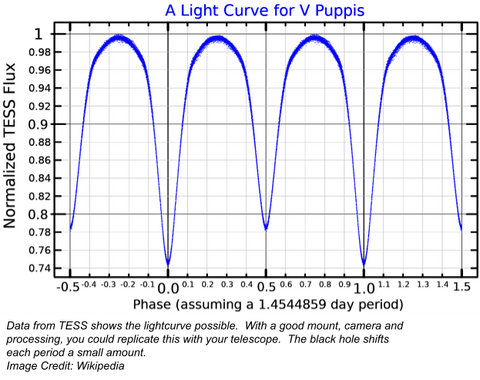
An example telescope system for creating a graph like this would be a Celestron 11 with a CGE mount. This computerized telescope has enough tracking capabilities and optical quality to resolve the tiny changes in brightness of the V Puppis star system. To record the brightness variations, a gray-scale CCD camera is recommended over a DSLR as the photometry from a DSLR isn’t very good. CCD cameras like the ATIK 414EX would work admirably.
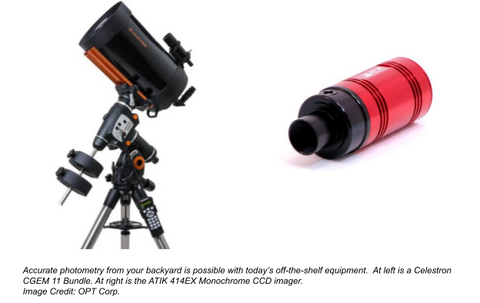
Observing black holes directly will never be possible, we will only see them by looking at the effects they have on things we can see. With V Puppis, the closest known black hole, you can investigate this yourself.









